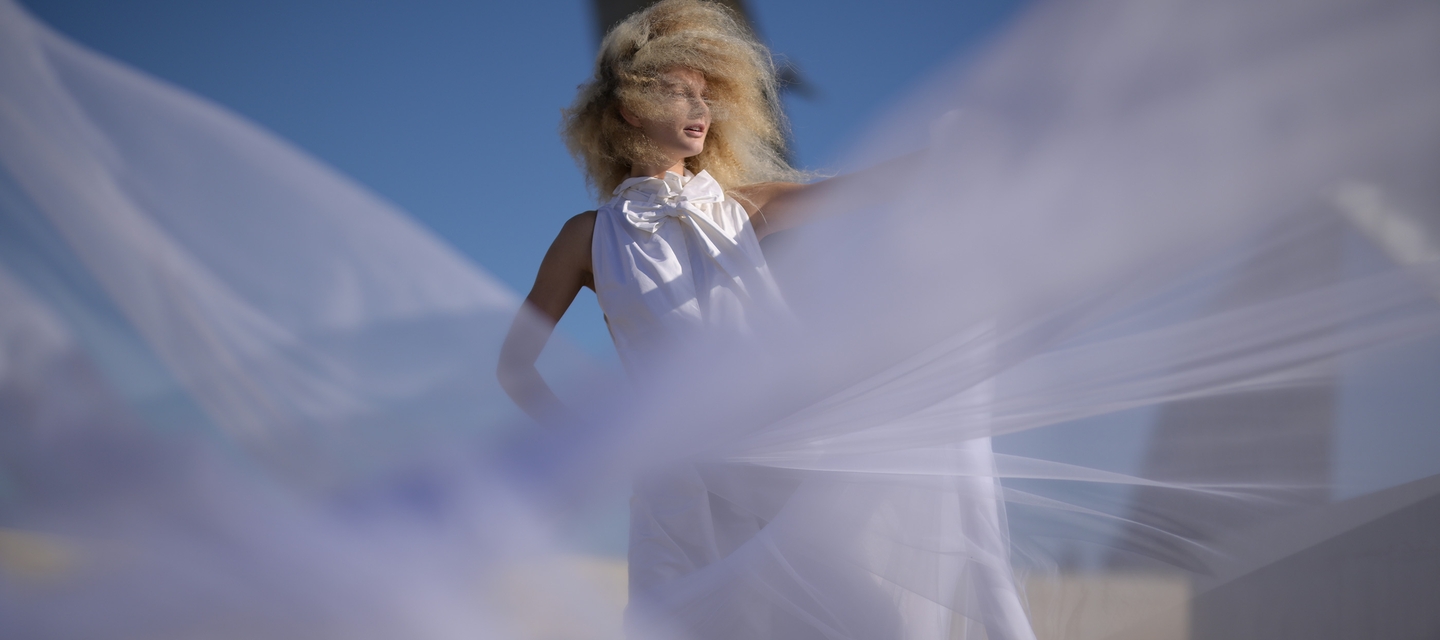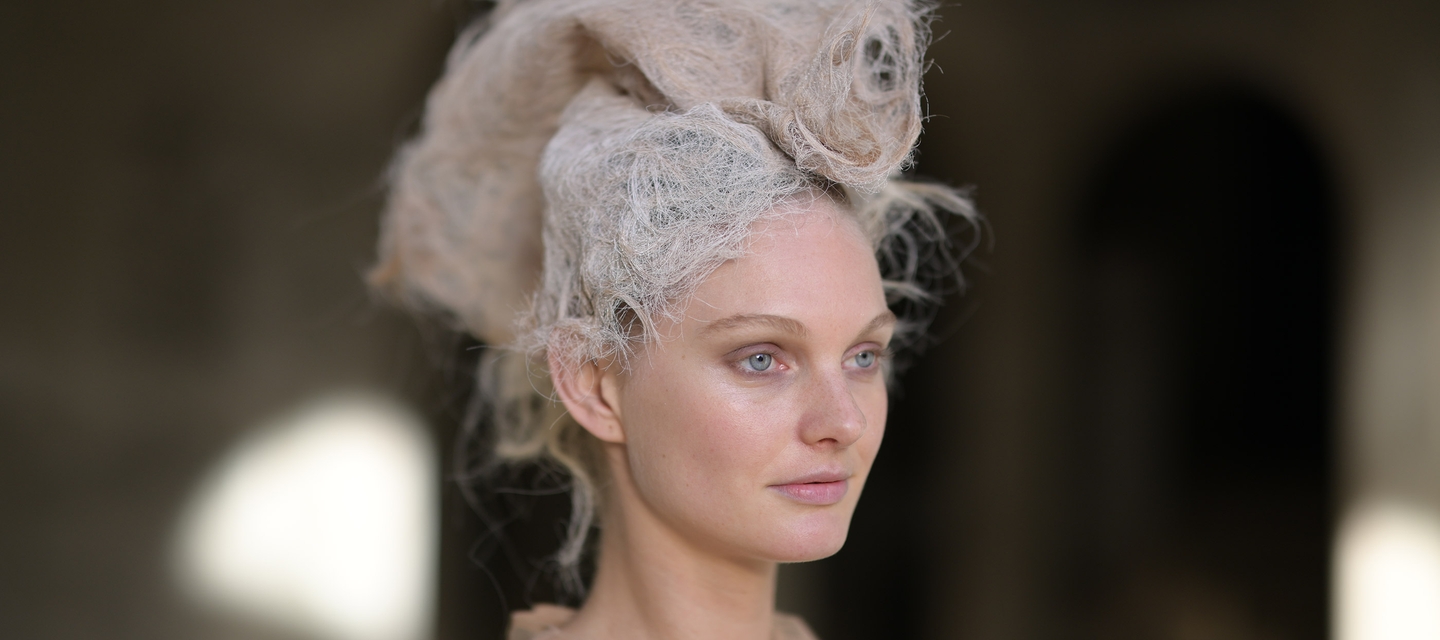El lente NIKKOR más rápido de la historia.
Rendimiento revolucionario
Incorporamos casi 100 años de conocimiento óptico e innovación técnica en el Noct.
Tecnologías ópticas revolucionarias
Óptica superior que solo puede ser NIKKOR.

Technology

ED (Extra-Low Dispersion) Glass
An optical glass developed by Nikon that is used with normal optical glass in telephoto lenses to obtain optimum correction of chromatic aberrations.

Aspherical Lens
A lens with a curved, non-spherical surface. Used to reduce aberrations and enable a more compact lens size. Aspherical lenses minimize coma and other types of lens aberrations, even when used at the widest aperture. They are particularly useful in correcting distortion in wide-angle lenses and help contribute to a lighter, more compact design by reducing the number of standard (spherical) elements necessary. Aspherical lens elements correct these distortions by continuously changing the refractive index from the center of the lens.

ARNEO Coat
An anti-reflective coating developed by Nikon and used in conjunction with Nano Crystal Coat to further reduce ghost and flare effects caused by incident light entering the lens vertically. This allows for the outstandingly clear capture of images even when a light source is located within the frame.

Nano Crystal Coat
An anti-reflective coating developed by Nikon that virtually eliminates internal lens element reflections across a wide range of wavelengths. Nano Crystal Coat solves ghost effects caused by red light and effectively reduces ghost and flare caused by light entering the lens diagonally.

Electromagnetic Diaphragm Mechanism
An electromagnetic diaphragm mechanism in the lens barrel provides highly accurate electronic diaphragm or aperture blade control when using auto exposure during continuous shooting.

Fluorine Coat
Photographers need gear that can withstand the elements. Nikon’s fluorine coat effectively repels dust, water droplets, grease or dirt, ensuring easy removal even when they adhere to the lens surface. Nikon’s fluorine coat endures a high frequency of lens surface wiping and its anti-reflective effect also contributes to the capture of clear images.

Super Integrated Coating
Nikon Super Integrated Coating is Nikon's term for its multilayer coating of the optical elements in NIKKOR lenses.
Las imágenes de la pantalla LCD y las Muestras de Video y Fotografía son sólo para efectos demostrativos.
Especificaciones Técnicas
Longitud Focal
58mmRecubrimiento de Cristal Nano
SiDimensiones Aprox. (Diámetro x Largo)
4.01 in.102 mmx6.02 in.153 mmPeso Aprox.
70.6 oz.2000 g
- Longitud Focal58mm
- Apertura Mínimaf/16
- Elementos de la Lente17
- Grupos de la Lente10
- Láminas del Diafragma11
- Información de DistanciaSi
- Recubrimiento ArneoSi
- Recubrimiento de Cristal NanoSi
- Elementos de Vidrio ED4
- Recubrimiento de FluorinaSi
- Elementos Asféricos3
- Recubrimiento Super IntegradoSi
- Tamaño del Filtro82mm
- Dimensiones Aprox. (Diámetro x Largo)4.01 in.102 mmx6.02 in.153 mm
- Peso Aprox.70.6 oz.2000 g
- Tipo de LentePrime
Soporte
Registro de Producto
Registrando su producto Nikon nos permite enviar (con su permiso) actualizaciones importantes, información de servicio y consejos útiles. También lo hace más fácil si alguna vez nos tiene que llamar para recibir ayuda.
Registre su producto en línea ahora.Soporte del Producto
Guardamos todos los problemas solucionados en nuestra base de datos. Si no puede encontrar una respuesta apropiada, no dude en presentar una pregunta a nuestro equipo de soporte técnico.
Ver Preguntas y Respuestas


